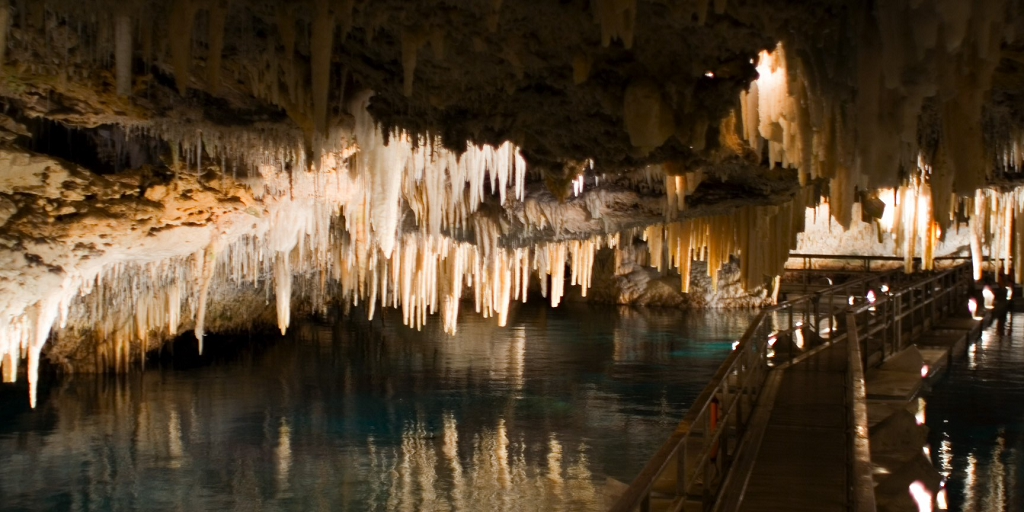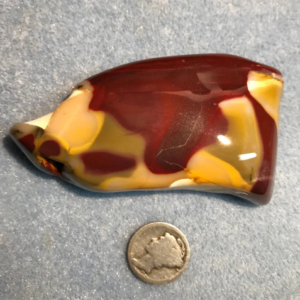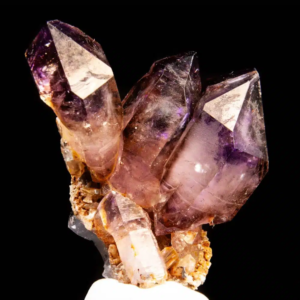The Enigmatic Allure of Crystal Caves
Introduction Crystal Caves
Deep beneath the Earth’s surface lies a hidden world of wonder—crystal caves. These underground chambers, lined with geometric miracles of mineral deposits, create a tapestry of shimmering light and colors. From the famous Giant Crystal Cave in Mexico to the frozen crystal galleries of Iceland, these natural formations have fascinated scientists, artists, and adventurers alike. This blog post invites you on a journey through these mysterious and beautiful formations, exploring their origins, significance, and the mystical charm they hold.

The Formation of Crystal Caves
Crystal caves form under very specific geological conditions. When mineral-rich water seeps through the bedrock, it deposits minerals like calcite, gypsum, and quartz. Over thousands, or even millions, of years, these minerals crystallize, growing into the stunning formations we see today. The size and shape of the crystals vary based on factors such as temperature, pressure, and mineral concentration, making each cave a unique natural artifact.
Famous Crystal Caves Around the World
The Naica Mine, Mexico
The Naica Mine’s “Cave of the Crystals” is perhaps the most spectacular crystal cave ever discovered. It boasts some of the largest natural crystals ever found—selenite crystals that are as long as 12 meters and weigh approximately 55 tons. The cave’s extreme temperature, reaching up to 58 degrees Celsius, and high humidity make it a lethal beauty, accessible only with proper protection.
Giant Crystal Cave, Iceland
Conversely, Iceland’s Giant Crystal Cave presents an icy wonderland. Located beneath Europe’s largest glacier, Vatnajökull, the cave’s interior sparkles with ice formations that reflect a spectrum of blues and whites, creating a serene and otherworldly atmosphere.
Other Notable Mentions
- Crystal Cave of Giants, Spain: Located in the mining area of Almería, these caves are known for their clear, gypsum crystals.
- Bermuda’s Crystal Cave: Famous for its underwater crystal formations that float over clear, azure waters, offering a stunning view both above and beneath the water surface.
Cultural and Historical Significance
Crystal caves have held cultural significance for centuries. Indigenous peoples often considered these caves as sacred spaces, portals to the underworld, or dwelling places of gods and spirits. In Norse mythology, caves like those in Iceland were thought to be the entrances to legendary worlds. These myths and legends reflect the awe and respect our ancestors had for these natural wonders.
Crystal Caves in Literature and Media
Crystal caves have long inspired the realms of literature and film. J.R.R. Tolkien’s “The Hobbit” features glittering crystal caverns in the Lonely Mountain, while the caves in the “Harry Potter” series are depicted as hiding places for magical items. These depictions underscore the mystical and timeless allure of crystal caves, capturing the imagination of audiences worldwide.
The Science Behind the Sparkle
From a scientific perspective, crystal caves are natural laboratories. They allow geologists to study Earth’s geological history and the conditions that lead to crystal growth. These studies provide insight into past climate conditions and help predict geological phenomena.
Modern Explorations and Tourism
Today, crystal caves are not only subjects of scientific study but also popular tourist attractions. However, their fragile ecosystems require careful management to prevent damage. Tourism provides both opportunities and challenges for conservationists working to preserve these natural wonders for future generations.
Spiritual and Healing Aspects of Crystals
In the realm of New Age practices, crystal caves are considered power spots for healing and meditation. Each type of crystal is believed to have specific energetic properties that can aid in emotional and physical healing. For instance, quartz is said to enhance spiritual growth, while amethyst is believed to promote calmness and clarity.
Photography and the Art of Capturing Crystal Caves
Photographing crystal caves presents unique challenges due to their dark environments and reflective surfaces. Photographers use specialized equipment and techniques to capture the intricate details and vibrant colors of the crystals, often resulting in breathtaking imagery that showcases the beauty of these underground landscapes.
Conservation Concerns and Ethical Considerations
As with all natural wonders, crystal caves face threats from environmental changes and human activities. Conservation efforts focus on minimizing human impact, promoting sustainable tourism practices, and educating the public about the importance of preserving these fragile ecosystems.
Conclusion: Preserving the Magic of Crystal Caves
Crystal caves are more than just geological formations; they are a testament to nature’s artistry and time’s power. By understanding and respecting these natural wonders, we ensure that they continue to inspire and enlighten future generations. As we explore these magnificent caves, let us commit to their preservation, celebrating the delicate balance between human curiosity and the sanctity of the natural world.
Step into the hidden world of crystal caves and explore our curated collection of gemstone jewelry inspired by Earth’s subterranean wonders. Click here to discover pieces that embody the mystical and natural beauty of crystal formations.
Crystal caves form when mineral-rich water seeps through bedrock, depositing minerals like calcite, gypsum, and quartz. Over thousands to millions of years, these minerals crystallize under specific geological conditions, such as stable temperatures and pressures, leading to the spectacular formations seen in crystal caves. The unique conditions in each location result in various sizes and shapes of crystals, making each cave a distinct natural artifact.
Some of the world’s most renowned crystal caves include:
- The Naica Mine, Mexico: Known for its extraordinary large selenite crystals.
- Giant Crystal Cave, Iceland: Notable for its beautiful ice formations under Vatnajökull glacier.
- Crystal Cave of Giants, Spain: Famous for its clear gypsum crystals.
- Bermuda’s Crystal Cave: Known for its underwater crystal formations that provide stunning views both above and beneath the water’s surface.
Crystal caves have been revered as sacred spaces and mystical realms throughout history. Indigenous peoples often viewed these caves as sacred, believing them to be portals to the underworld or dwelling places of gods. In Norse mythology, for example, crystal caves were thought to be gateways to legendary worlds. This cultural significance is a testament to the awe and respect our ancestors had for these natural formations.
Photographing crystal caves poses unique challenges due to their dark environments and highly reflective surfaces. Photographers often use specialized equipment and techniques to effectively capture the intricate details and vibrant colors of the crystals. This might include using long exposure times, special lighting arrangements, and high-sensitivity camera settings to overcome the low light conditions and showcase the cave’s natural beauty.
Crystal caves face numerous threats from environmental changes and human activities. Conservation efforts are focused on minimizing human impact, promoting sustainable tourism practices, and educating the public on the importance of preserving these fragile ecosystems. Challenges include managing visitor access to prevent physical damage to the crystals, controlling pollution, and addressing the broader impacts of climate change that could alter the caves’ internal environments.


Leave a Reply
Want to join the discussion?Feel free to contribute!